
Vueling’s Cabin Crew Engagement Project
Service Design Award 2025 - Professional Commercial Finalist

Our members have lots of insights to share. Read their latest articles, white papers and opinion pieces here.

Service Design Award 2025 - Professional Commercial Finalist
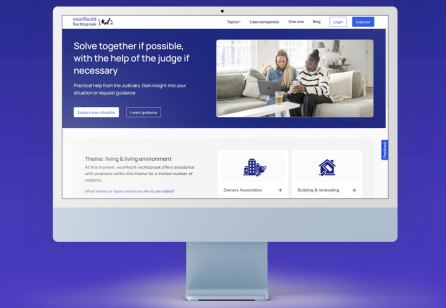
Service Design Award 2025 - Professional Non-Profit Finalist
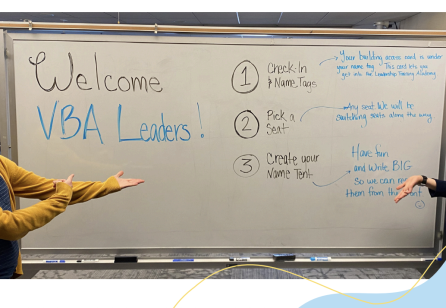
Service Design Award 2025 - Professional Non-Profit Finalist

Service Design Award 2025 - Professional Commercial Finalist

Service Design Award 2025 - Student Finalist
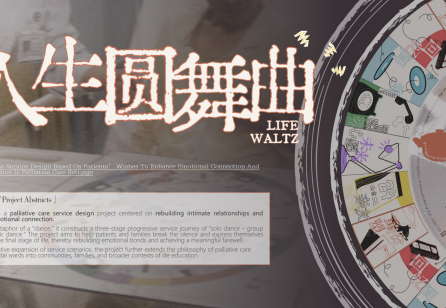
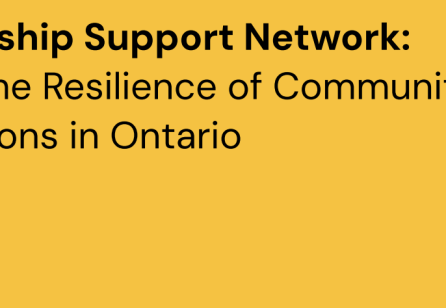
Service Design Award 2025 - Professional Non-Profit Finalist
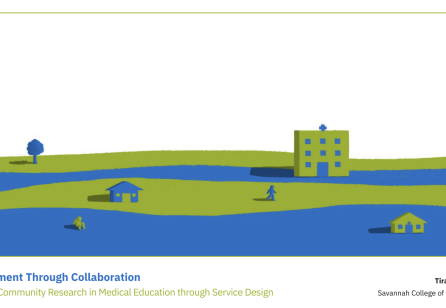
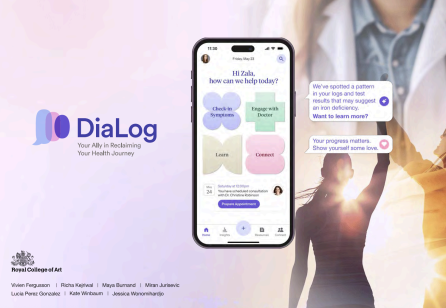
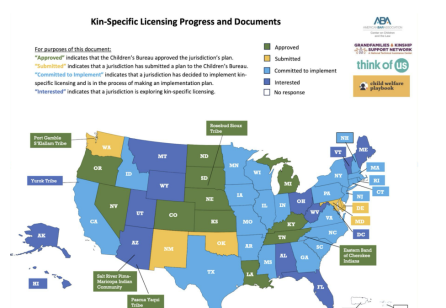
Service Design Award 2025 - Professional Non-Profit Finalist
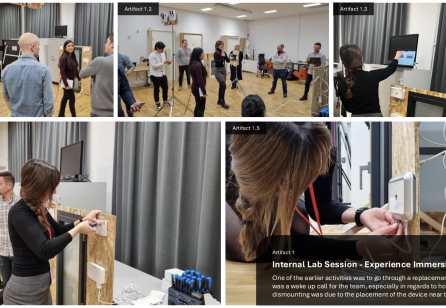

In-house service designers operate as integral parts of their respective organisations, carrying a deep understanding of their cultures, processes and long-term goals, and enabling them to craft appropriate solutions.
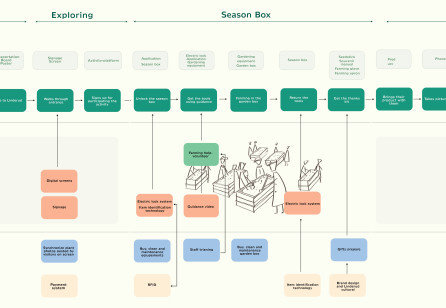
This article aims to explore the underutilised potential of systemic service design methods in providing the necessary overview and facilitating green transitions in sustainable supply chains by being a facilitator of the interdisciplinary process. We will introduce a ‘Mess/Gigamap’ template with an influence from Geels´ (2005)1 ‘Multi-Level Perspective’ model. In addition, we will show how ‘Mess/Gigamaps’ are tools that can aid conversations between stakeholders to visually understand the complexities that they are facing. The aim of this template is to enable the creation of systemic maps as boundary objects to facilitate discussions between multiple stakeholders.

Service Design Award 2024 - Student Finalist
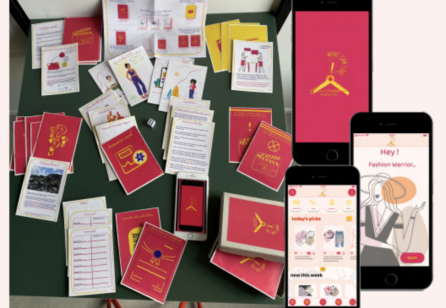
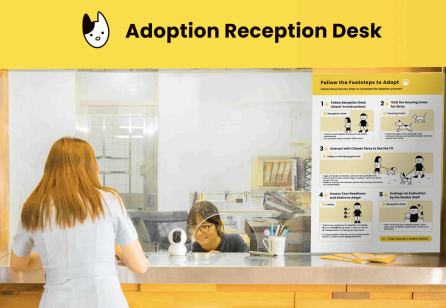
Service Design Award 2024 - Student Finalist
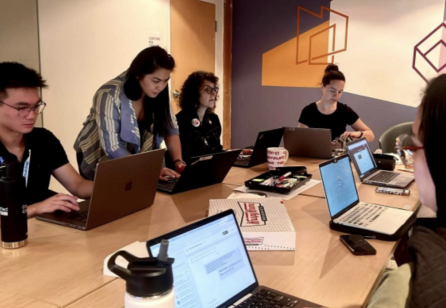
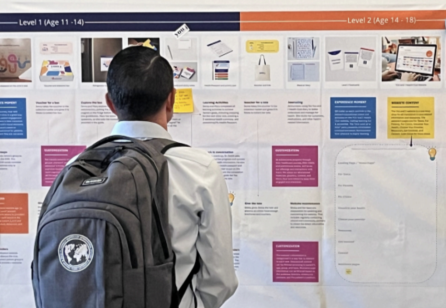
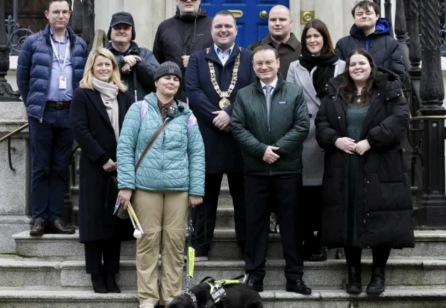
Service Design Award 2024 - Finalist
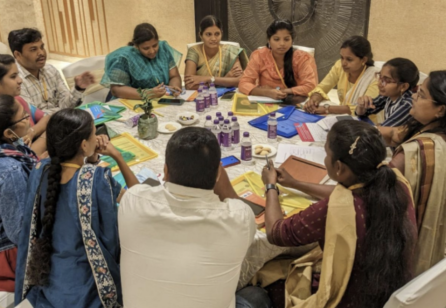
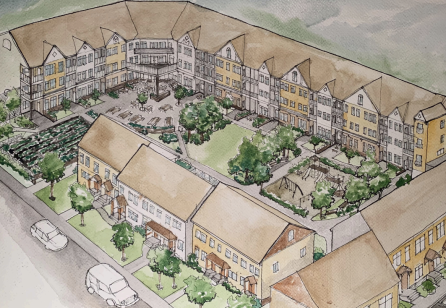
Service Design Award 2024 - Finalist
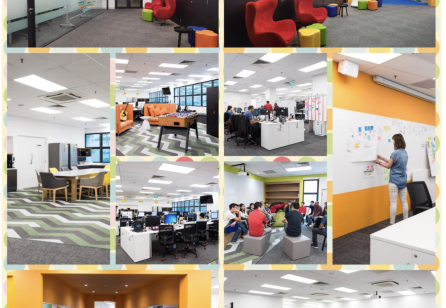
Service Design Award 2024 - Winner (Best Professional Non-Profit Project)
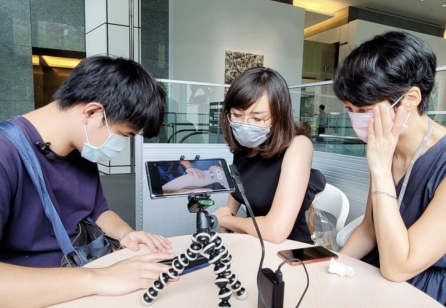
Service Design Award 2024 - Finalist
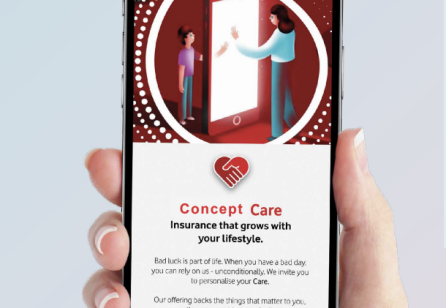
Service Design Award 2024 - Finalist
